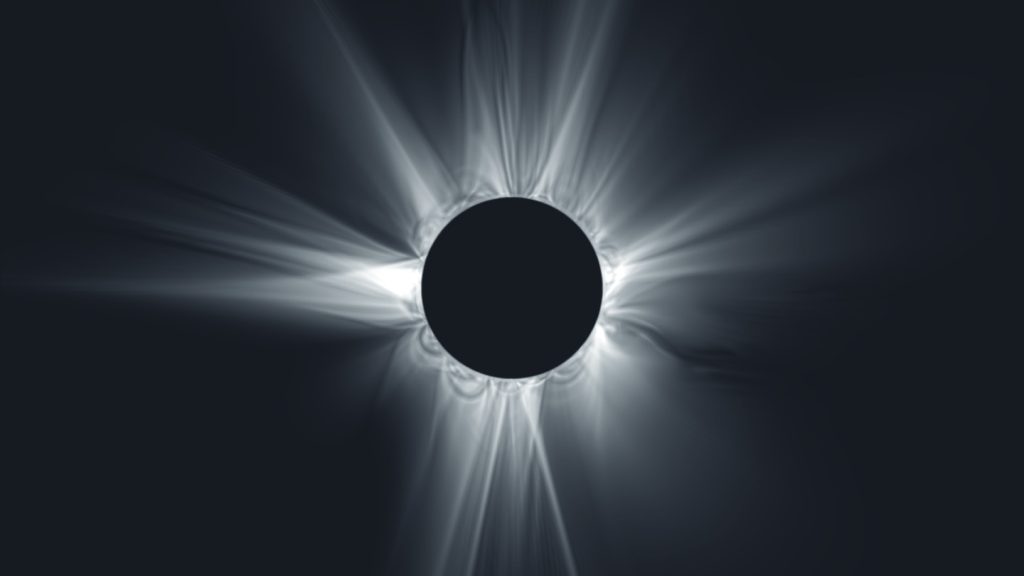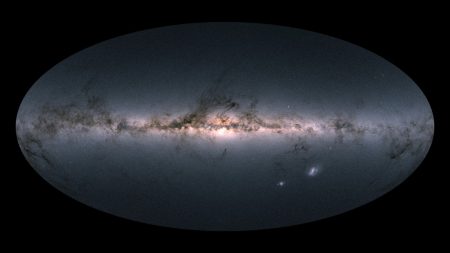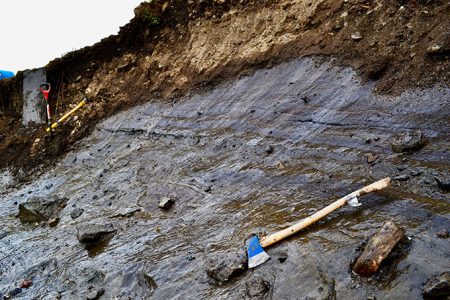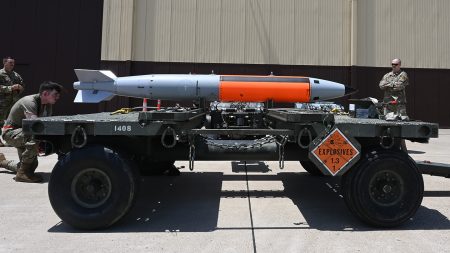Predictive Science Inc. in San Diego has been creating computer simulations of the sun’s dynamic atmosphere since 1994 to help scientists understand its evolution and forecast the appearance of the corona during eclipses. The company’s recent forecast for the April 8 eclipse was fairly accurate, although high solar activity during solar maximum made the prediction slightly off. This highlights the need for more holistic observations of the sun and its atmosphere to improve predictive models.
The predictions made by the simulations are crucial for researchers studying the sun’s corona, as it helps them determine where to point their instruments for better observations. Total solar eclipses provide a rare opportunity to gather more information about the sun’s corona, as the moon’s position in front of the sun acts as the perfect “occultor” for observation purposes. The data collected during eclipses, combined with computer simulations, are vital for understanding mysteries surrounding the corona’s high temperature and forecasting space weather events.
One of the challenges in predicting the appearance of the corona during eclipses is the lack of comprehensive data about the sun’s atmosphere. Solar scientists often rely on limited perspectives of the corona to infer its structure, temperature, density, and magnetic fields. Currently, space weather predictions are far less accurate than terrestrial weather forecasts due to the constraints of studying the sun’s atmosphere from a single viewpoint.
During solar maximum, the sun’s activity is at its peak, leading to frequent flares and eruptions that affect the corona’s appearance. The company’s predictions for the 2024 eclipse were impacted by the sun’s increased activity, which resulted in newly discovered features that were not incorporated into the simulations. Access to up-to-date data from various sources, including NASA’s Solar Dynamics Observatory and the European Space Agency’s Solar Orbiter, helped improve the predictions for the eclipse.
In the future, improvements in solar observations, such as ESA’s PROBA-3 mission and the upcoming Vigil spacecraft, will enhance the accuracy of predictions for solar events and total solar eclipses. Having multiple spacecraft orbiting the sun and observing from different perspectives can provide a more comprehensive view of the sun’s activity, leading to better predictive models. Researchers are hopeful that these advancements will lead to more accurate forecasts for upcoming solar events and total solar eclipses in the near future.















